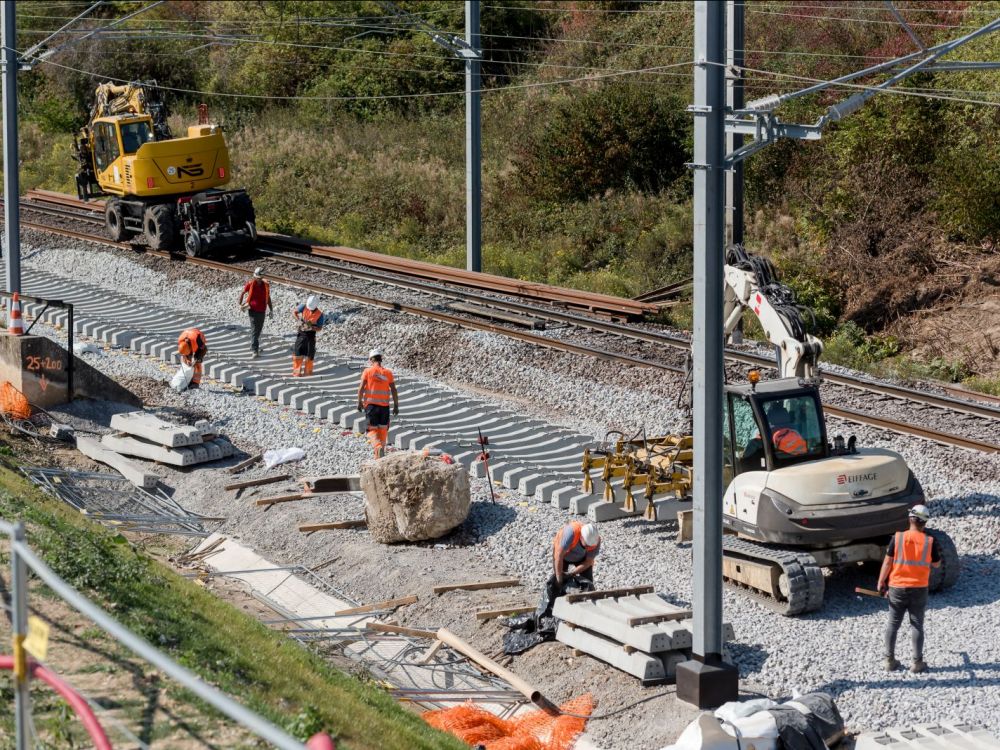Transports
Automation of RER B and D slowed down by competition from the CDG project
Aging and overloaded, the RER B and D trains must benefit from modernization through the automation project. Scheduled for delivery in 2029, the project is suffering its first delays and suffers from competition from CDG Express, which will nevertheless transport 100 times fewer travelers per day.

On August 31, at the microphone of France Inter, the president of the region Valérie Pécresse hammered home the interest of automating the RER B and D lines. ”My priority is RER B and D. We are going to carry out the automation of these two RER lines to make it possible to reinforce their reliability by passing many more trains on the Parisian sections “, she declared. More concretely, where is the project?
Announced in 2016 by the Île-de-France region, the train driving automation project on lines B and D must be carried out with an operating system known as NEXTEO. This system makes it possible to ensure automated driving and to manage traffic in a more fluid manner, it also allows better maintenance of infrastructure and rolling stock.
Ile de France Mobilités (IDFM) has for its part recorded an investment of 10 billion euros for the purchase of 700 new train sets including those of the RER D (new generation RER) and B (MING), which will be delivered between 2021 and 2026. “These are technological gems, more comfortable, air-conditioned and adapted to the NEXTEO operating system”, indicates IDFM.
The objective of this modernization is to increase the regularity on these very busy lines by reducing the spacing between the trains thanks to the elimination of the light system. However, the project is long overdue. Originally scheduled for delivery in 2029, SNCF Réseaux announced a one-year postponement of the call for tenders, a decision that could impact the entire agenda.
1.6 million daily travelers
Every day, lines B and D welcome more than 1.6 million passengers and are overloaded. A finding deplored by user associations. ” Line B trains, for example, are 40 years old and only have one floor. Breakdowns are increasing and

